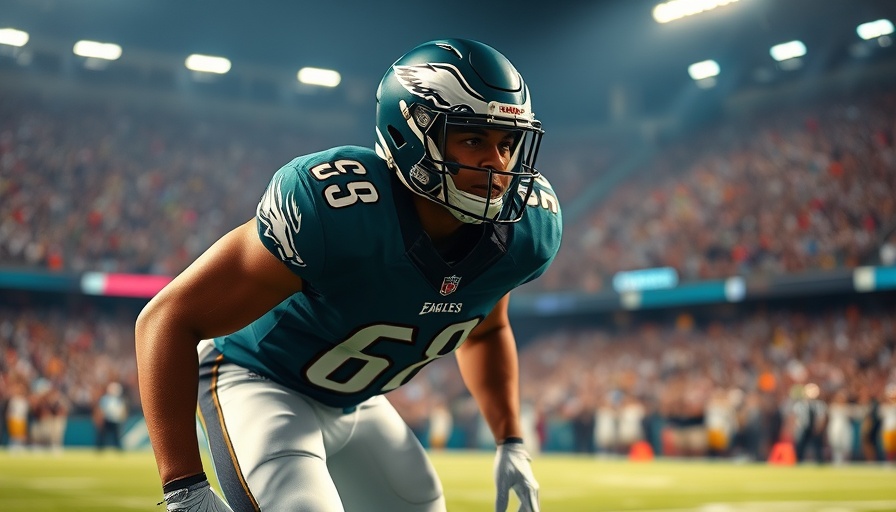
Why a Seat in the Press Box Matters
In a world where the view can make or break your experience, the location of a seat in the baseball press box is not merely a question of comfort—it's about perspective. When you’re tasked with reporting on the thrilling, split-second decisions made by players on the field, having a clear view is crucial. Luke Arcaini, our resident baseball guru, found himself with a less-than-ideal vantage point at a recent Phillies game. His view? Blocked by gigantic poles that created a hilarious albeit frustrating barrier between him and the action.
Balancing Dedication and Discomfort
Lukes' story reflects a universal truth in sports journalism: sometimes, you have to endure uncomfortable situations to bring stories to life. As he penned his thoughts on Jose Alvarado’s nail-biting performance, the athleticism and skill on display were overshadowed by the obstructed view. It begs the question: how do journalists capture the energy of a game when their perspective is compromised? This peculiar situation emphasizes the relentless dedication sportswriters exhibit, often sacrificing personal comfort for passion and professionalism.
The Electric Atmosphere of Phillies Fans
Despite his obstructive view, Luke was able to tap into the palpable energy radiating from the stands when Alvarado secured the final out. It’s a reminder of the unique bond between players and fans—something that can resonate beyond steel beams and obstructive poles. His video reminds us just how vital the crowd's enthusiasm is to the game itself. The Phillies community thrives on electric moments, making even the toughest challenges, like a poor seat, mere footnotes in the grand narrative of beloved baseball.
Reflecting on the Relationship Between Space and Sport
The juxtaposition of a bustling press box filled with writers swamped with stats and analysis and the wild reactions of loyal fans is complex. It highlights an often-overlooked aspect of live sports—how physical space can influence perception and storytelling. Each seat tells a story, and whether it’s an optimal view or a blocked one, it contributes to the overarching narrative of sports culture. We applaud those, like Luke, who embrace these challenges and find ways to bring the game to life, one column at a time.
Join the Discussion
What’s your opinion on how the setting impacts a sports journalist’s experience? Share your thoughts on social media and let’s explore how perspectives shape narratives in our favorite games!
 Add Row
Add Row  Add
Add 




Write A Comment